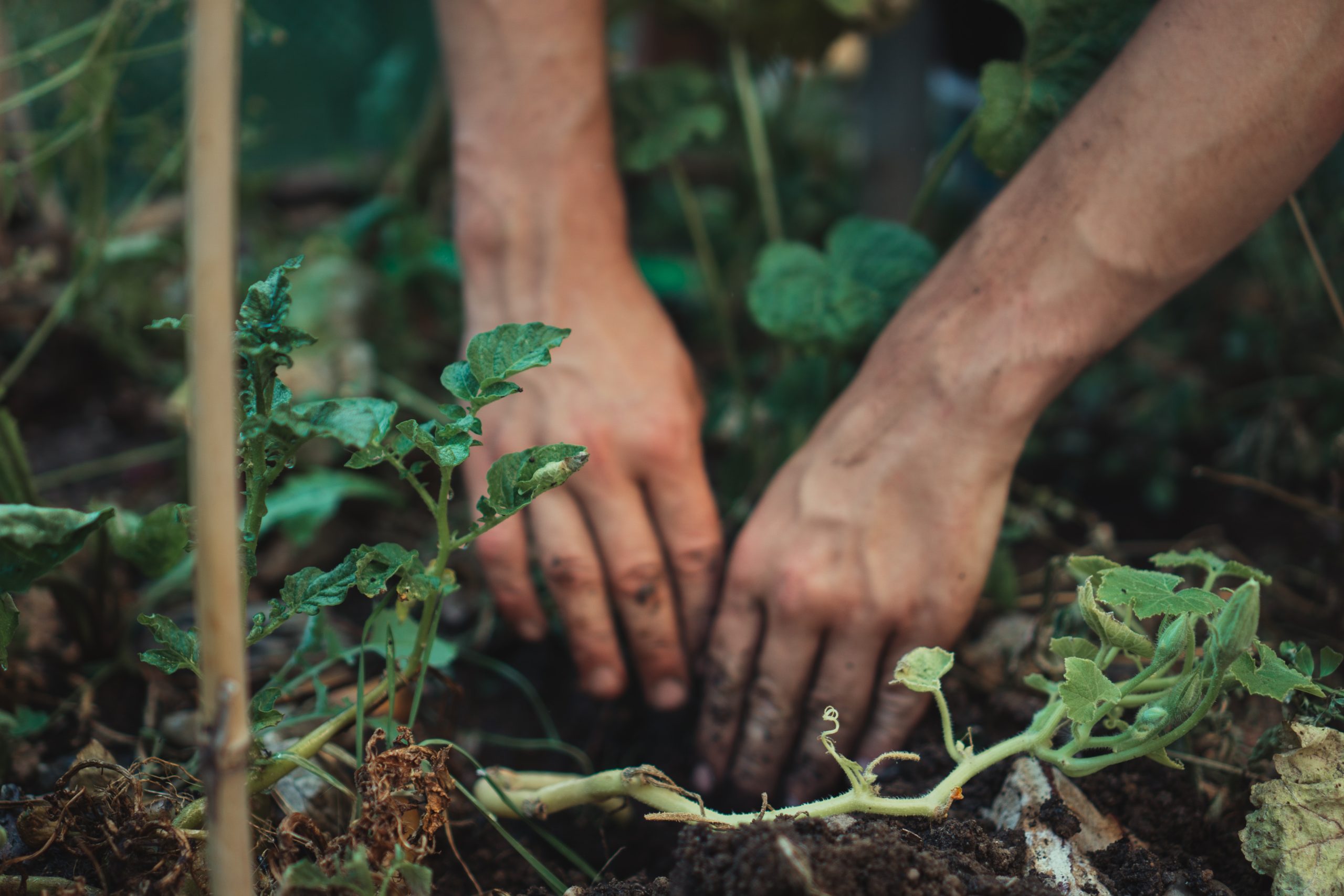Introduction:
In an era of heightened environmental consciousness, the quest for sustainable living extends beyond the walls of our homes and into our gardens. As urbanization and climate change reshape our landscapes, a growing movement seeks to unlock the secrets of eco-friendly practices for sustainable gardens and landscapes. By embracing these techniques, we not only beautify our surroundings but also foster biodiversity, conserve resources, and promote a harmonious coexistence with nature.
- The Rise of Eco-Friendly Gardening:
The article will dive into the reasons behind the increasing popularity of eco-friendly gardening practices. It will explore how the urgency of environmental issues, such as habitat loss, pollution, and the decline of pollinators, has driven people to seek more sustainable ways of tending to their gardens. Additionally, it will highlight the benefits of eco-friendly gardening, including reduced water usage, improved soil health, and enhanced wildlife habitats.
- Designing a Sustainable Landscape:
This section will focus on the fundamental principles of designing a sustainable landscape. It will discuss the importance of native plants, which are adapted to the local climate and support indigenous wildlife. It will also emphasize the significance of biodiversity and the use of companion planting techniques to deter pests and attract beneficial insects. Furthermore, the article will touch upon the incorporation of water-wise features, such as rainwater harvesting systems and efficient irrigation methods, to conserve water resources.
- Organic Gardening: Cultivating Naturally:
Here, the article will explore the essence of organic gardening and its role in creating sustainable landscapes. It will delve into the significance of avoiding synthetic pesticides and fertilizers, opting instead for natural alternatives that promote soil fertility and biodiversity. The benefits of composting and mulching will be highlighted, showcasing their ability to enrich the soil, reduce waste, and sequester carbon.
- Harnessing Technology for Sustainable Gardening:
Technology has a pivotal role to play in sustainable gardening practices. This section will investigate the various innovative tools and applications available to gardeners. From smart irrigation systems that adjust water usage based on weather conditions to sensor-driven monitoring devices that optimize plant health, technology can aid in the efficient use of resources and provide valuable data to enhance gardening practices.
- Community Initiatives and Education:
The final section will showcase the power of community-driven initiatives and educational programs in promoting eco-friendly gardening practices. It will feature inspiring stories of local groups and individuals who have created sustainable urban gardens, organized seed exchanges, or spearheaded educational campaigns. By fostering a sense of collective responsibility, these initiatives contribute to the broader movement toward sustainable landscapes.
Conclusion:
As the article draws to a close, it will reinforce the idea that gardening in harmony with nature is not just a passing trend but a crucial step toward a more sustainable future. By adopting eco-friendly practices, we can transform our gardens into vibrant sanctuaries that support biodiversity, conserve resources, and inspire others to follow suit. Let us unlock the secrets of sustainable landscapes and embark on a journey toward a greener, more harmonious world.
[Author’s Name] is a journalist with a passion for environmental issues and sustainable living. Through thorough research and interviews with experts in the field, this article provides an in-depth exploration of eco-friendly gardening practices and their significance in creating sustainable landscapes.




